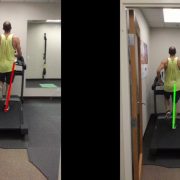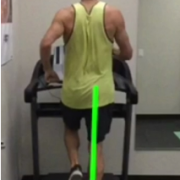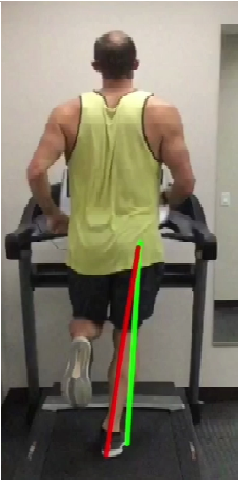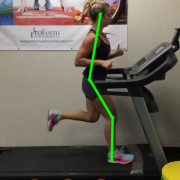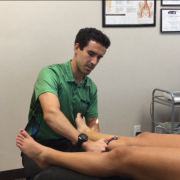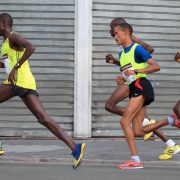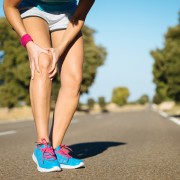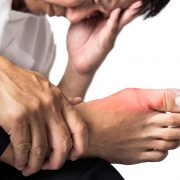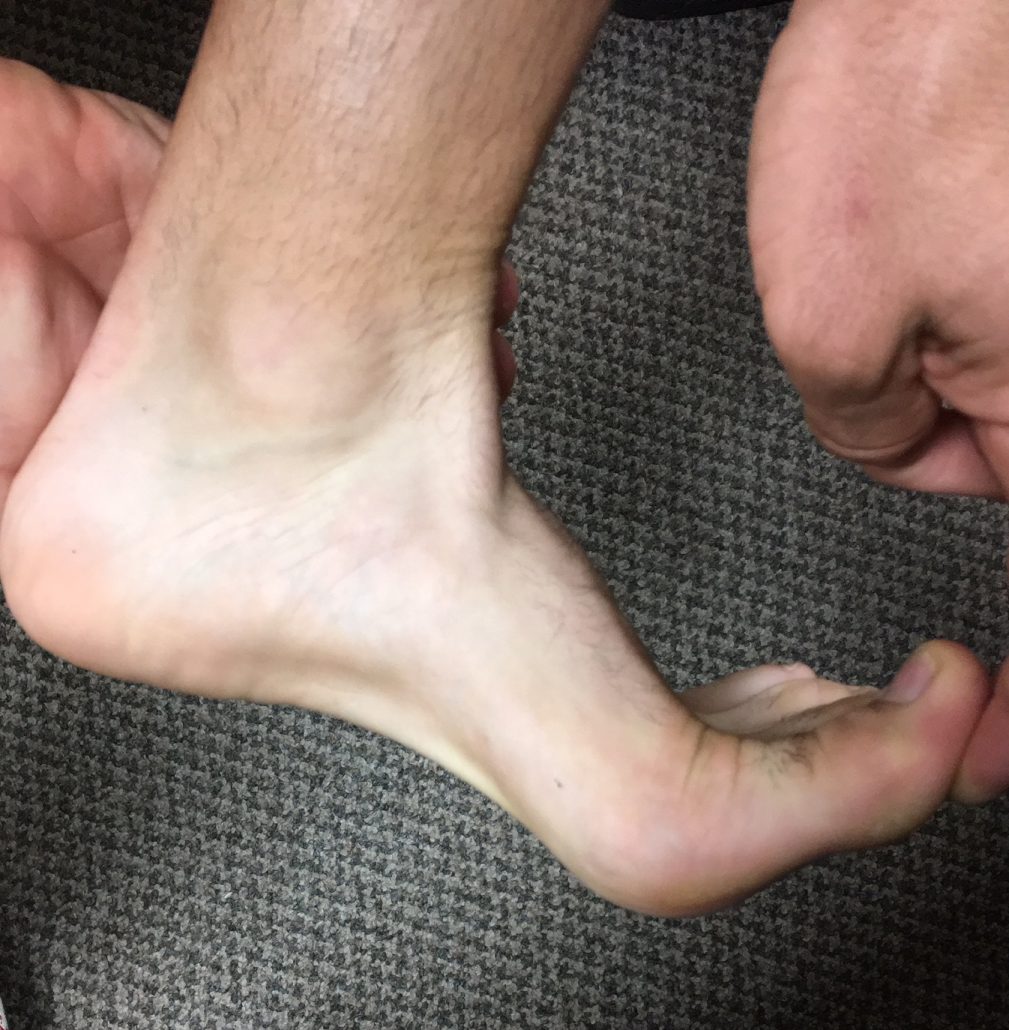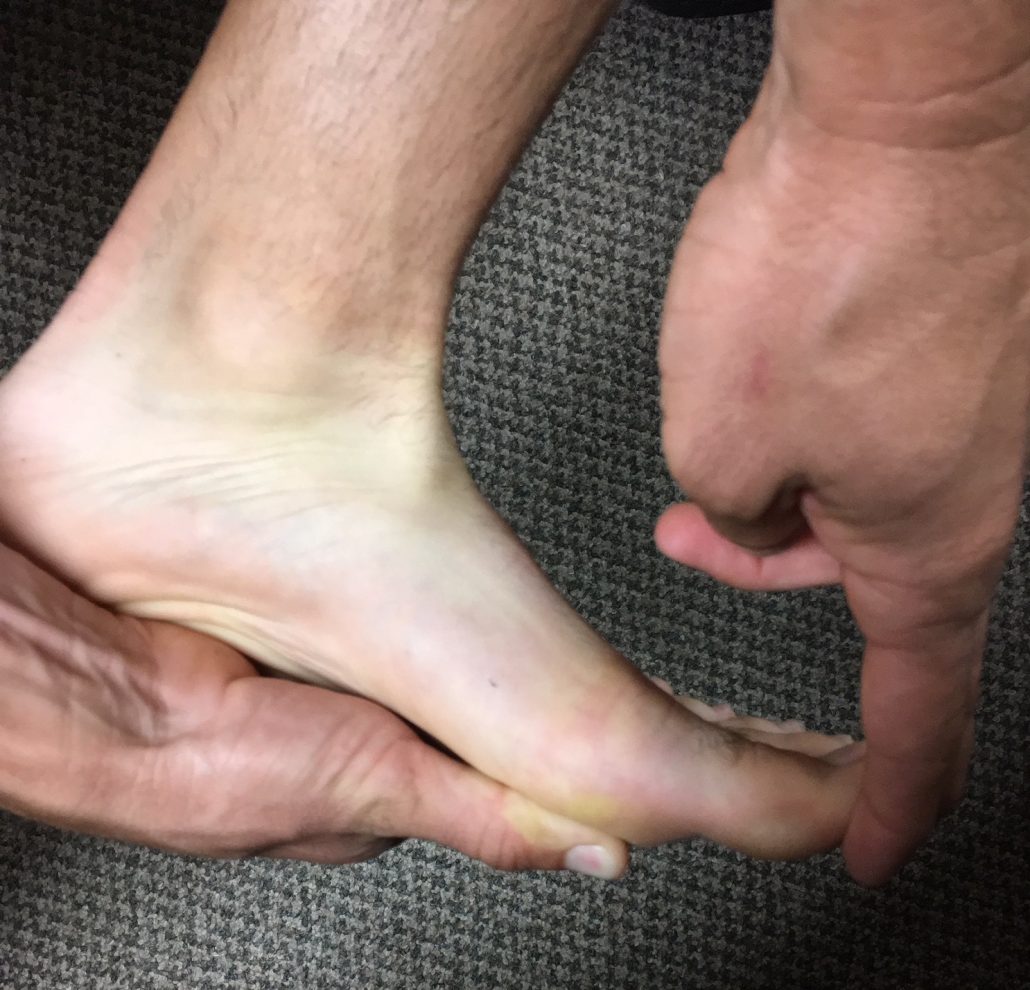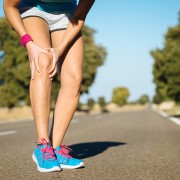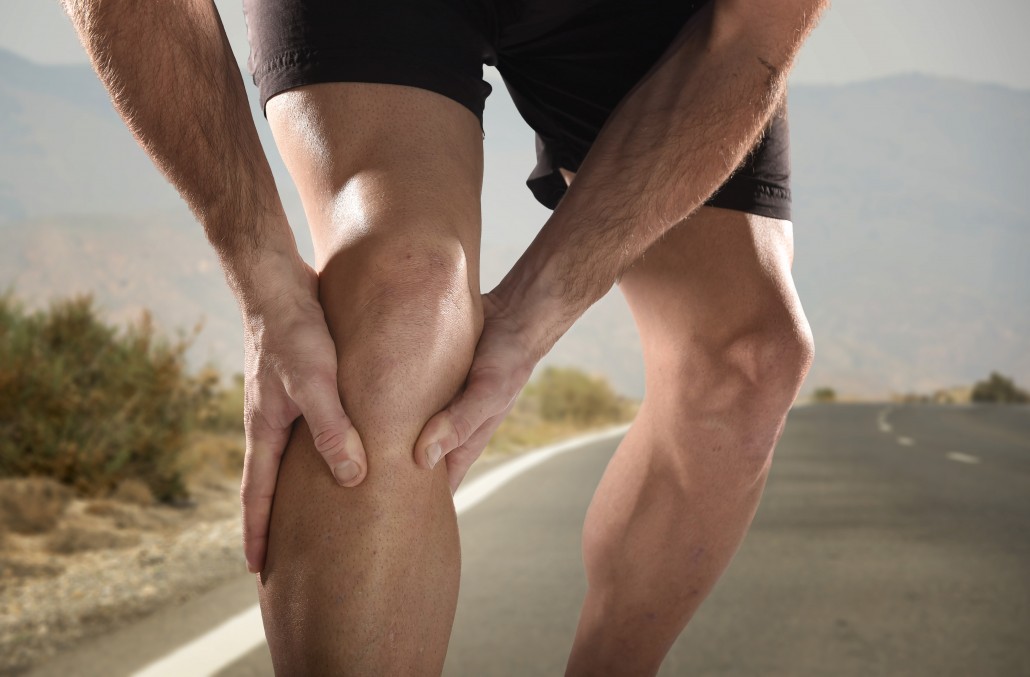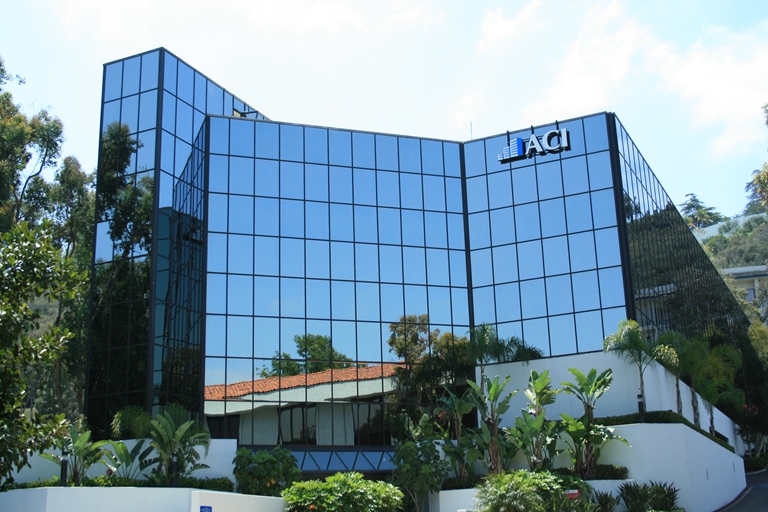Running Analysis San Diego
Running Analysis San Diego
Case Study 1- Runner’s Knee
In this running analysis case study, we look at what is exacerbating our patient’s “runner’s knee”. He is a triathlete, who is new to the sport. The knee pain is worse following runs and hard efforts on the bike. Stretching, foam rolling, Active Release treatments seem to help but the pain always returns. He has never had a running analysis, so we put him on the treadmill to see what his running technique looks like. Watch the complete in depth running analysis below.
Additional Information
Before the running analysis, we performed a physical exam. Our patient is 6’3″ and weighs around 190 lbs. As mentioned in the video, he was found to have a slow cadence, over stride, and demonstrated a cross over gait. Those findings with a runner of his size can create a lot of impact force with each step. To reduce the strain in the knee, it is crucial to get his feet to land closer to his body. In his case, increasing cadence helped accomplish this. It is important to note however that not everybody will need to perform the same corrections to get the foot closer to the body. This is what makes a running analysis so valuable; each runner may need to work on different cues to accomplish the same goal.
Future Considerations
Watching the running analysis above, you may think “But he can work on this, and this, and this to help with his form too!”. I believe he can work on more cues and drills to help with his running form. BUT if you give a runner too many cues to work on immediately, they will likely get overwhelmed with the information and not properly execute the cues/drills. Further more, they will likely end up running very stiff, and out of sync making the runs feel terrible!
For these reasons, we will only give 1 to 2 cues/drills to work on at a time. We want our runners to ENJOY running while making beneficial changes to their running technique! So for our patients case, we recommend 4-8 weeks to start working on changing his technique. Then we perform a second running analysis to get a new baseline and then make further recommendations from there.
Schedule your running analysis today at www.peakformhealthcenter.com! Our running experts at Peak Form Health Center in Mission Valley, San Diego have worked with hundreds of runners. We are located near Hillcrest, Normal Heights, La Mesa, Ocean Beach, Point Loma, and Clairemont Mesa. Our exertise will get you back to running injury free and increase your performance!

